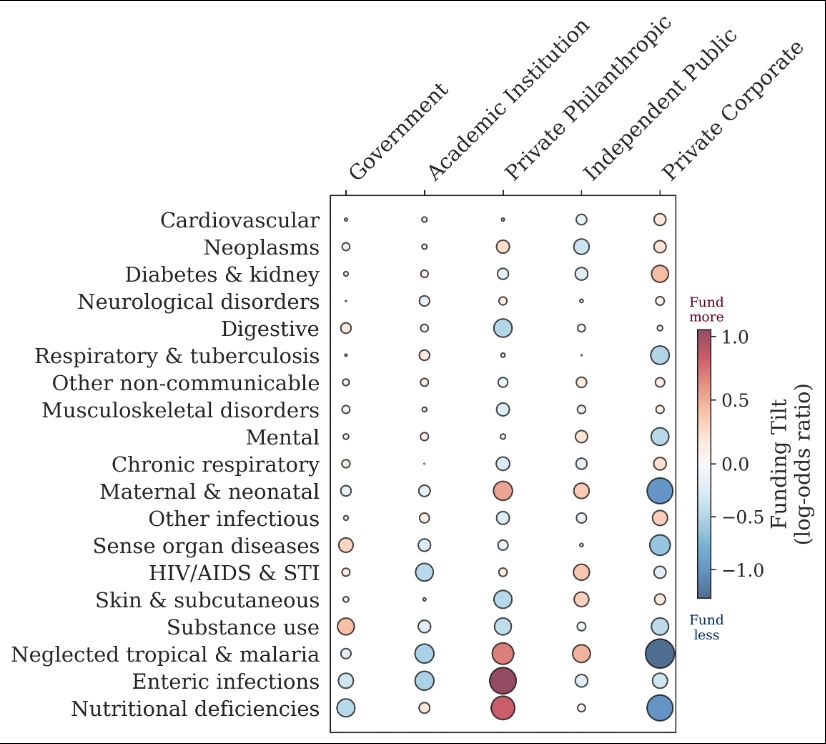Hongyu Zhou
@zhou-hy.bsky.social
9 followers
5 following
20 posts
Postdoc @Cambridge @AccelerateSci
PhD @UAntwerpen & ECOOM
#AI4Science | Quantitative science studies | #Scientometrics | #SciSci
Posts
Media
Videos
Starter Packs











